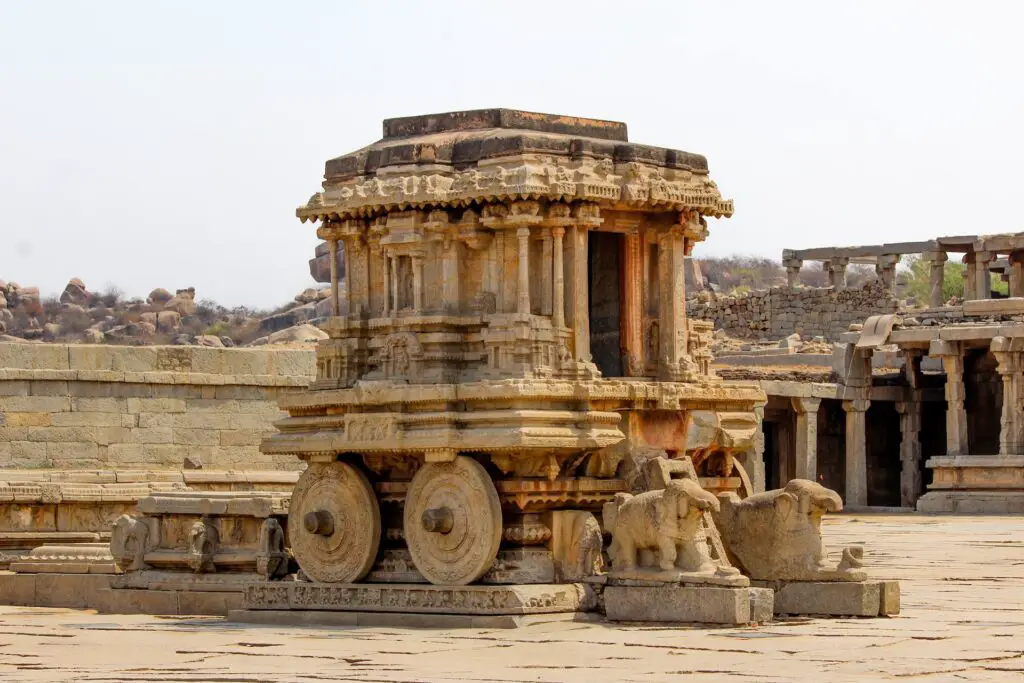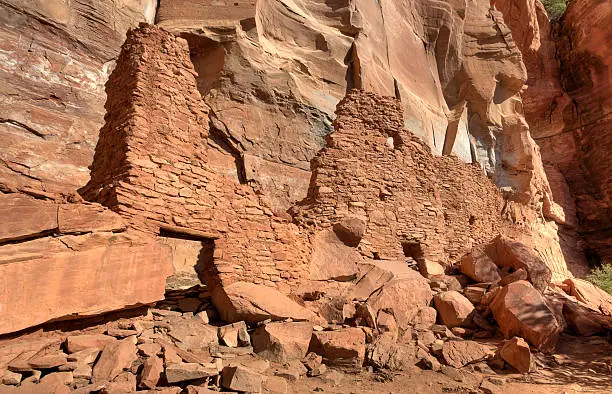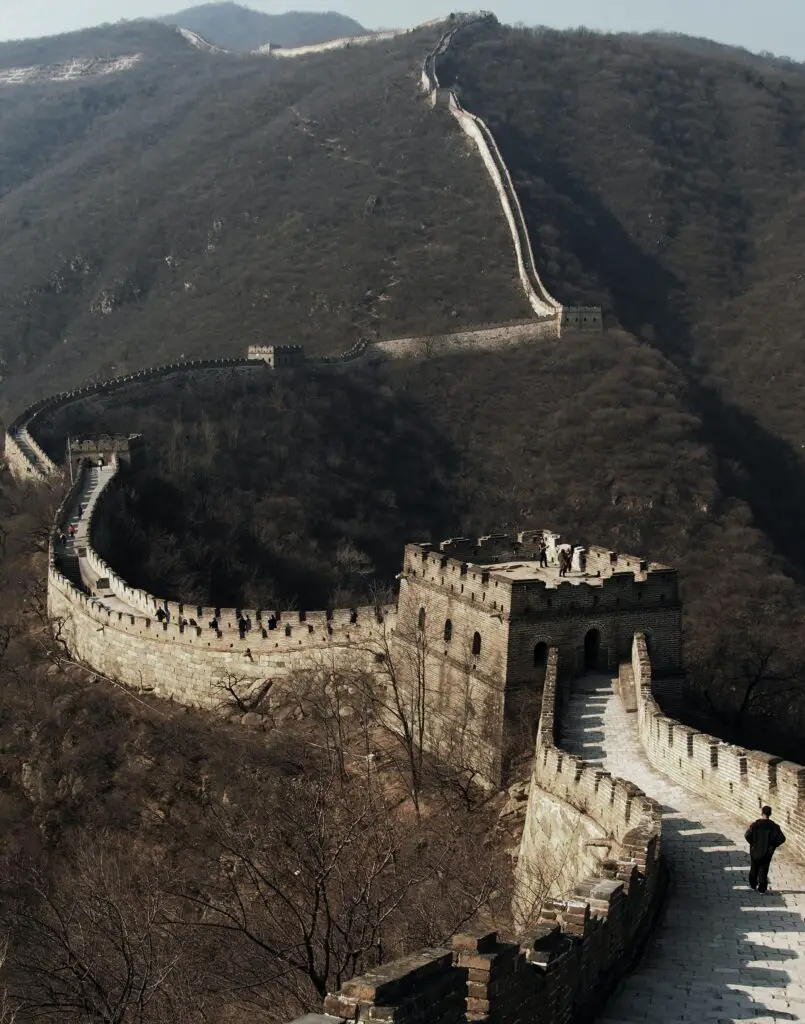
The Taj Mahal is a white marble mausoleum located on the bank of Yamuna River Agra, India. It was commissioned by Mughal emperor Shah Jahan in memory of his late wife Mumtaz Mahal and was completed in 1653. The Taj Mahal is considered one of the greatest examples of Mughal architecture, which combines elements from Islamic, Persian, Indian, and Turkish styles. It was built in the 17th century by Mughal Emperor Shah Jahan as a mausoleum for his beloved wife Mumtaz Mahal, who died during her childbirth. That’s why it is also called a “Symbol of Love”.
Cultural Significant of the Taj Mahal
The Taj Mahal has significant cultural and historical importance. It was built in the 17th century by the Mughal Emperor Shah Jahan as a tribute to his deceased wife Mumtaz Mahal, and the monument has since become a symbol of love, devotion, and beauty. The intricate design, the spellbinding use of marble, the symmetry, the minarets and the dome, and the surrounding gardens make the Taj Mahal one of the most beautiful and recognizable landmarks in the world.
Taj Mahal also has great cultural significance as a religious site, attracting millions of tourists and pilgrims from around the world every year. Muslims, Hindus, and people from other cultures and religions as well as different countries visitors visit the monument to marvel at its beauty and pay their respects to a famous love story. Many consider the Taj Mahal to be a symbol of the flourishing Mughal era of India’s history, which saw significant accomplishments in art, architecture, science, and literature.

In addition, the Taj Mahal has contributed significantly on the art, architecture, and cultural traditions of India and to the world. The complex techniques used to construct the monument, including the intricate carvings, inlays, and filigrees made of precious stones and metals, have become the hallmark of Mughal architecture and have inspired several artistic endeavors. It also represents the cultural heritage and the secularism of India, where people from different religions live together and respect each other’s beliefs and cultures.
History of Taj Mahal

Construction of the Taj Mahal began in 1632 under the orders of Mughal Emperor Shah Jahan in memory of his beloved wife, Mumtaz Mahal. Mumtaz Mahal died in 1631 while giving birth to their 14th child, and Shah Jahan was heartbroken. He commissioned the construction of the Taj Mahal to honor her memory, intending it to be the Taj Mahal. The white marble mausoleum is located in Agra, India, and took over 20 years to complete with the help of around 20,000 workers.
Legend has it that Shah Jahan was devastated by the death of his wife, Mumtaz Mahal, during the birth of their 14th child. He promised to her during deathbed that he would build a monument to her that would be the “ultimate symbol of love.” The Taj Mahal, which means “crown of palaces,” was that monument, as it was a symbol of Shah Jahan’s love for Mumtaz.
The design of the Taj Mahal was influenced by Persian and Mughal architecture, and features intricate carvings and calligraphy, reflecting the height of Mughal art and architecture. The main building is flanked by four minarets and features a central dome and a reflecting pool, which adds to the symmetry of the structure.
Over the years, the Taj Mahal has faced numerous threats, including pollution and degradation due to increased tourist traffic. In response, the Indian government has implemented measures to limit the number of visitors and preserve the monument’s beauty.

Today, the Taj Mahal is one of the most visited tourist attractions in India and a UNESCO World Heritage Site. It is considered one of the world’s most iconic buildings and a true testament to the enduring power of love. Taj Mahal is a One of the seven wonders in the world and is considered one of the world’s most iconic and beautiful monuments. It attracts millions of tourists every year and is widely regarded as a symbol of India’s rich cultural heritage.
Other Information’s
Ticket Prices in Taj Mahal
Entry Fees for Indians : Rs. 45
Entry Fees for Foreigners: Rs. 1050
Entry Fees for Below 15 year of age: Rs. 0
Entry Fees for SAARC and BIMSTEC: Rs. 535
(Additionally you have to pay Rs. 200 to entry and see main Mausoleum.
Opening Timings
Taj Mahal Opens Morning 6 AM To Evening 6 PM every week, except Friday.
Distance from different Metro Cities
Delhi: 53 Miles (84 Km)
Mumbai: 1204 Miles ( 1937 Km)
Bangalore: 10391 Miles ( 16718 Km)
Agra: 9 Miles ( 13 Km)
Chennai: 1,165 Miles ( 1,875 Km)
Dubai: 1,416 Miles ( 2,279 Km)
Q : Where is the Taj Mahal?

A : The Taj Mahal is a white marble mausoleum located on the bank of Yamuna River ,Agra, India. It was commissioned by Mughal emperor Shah Jahan in memory of his late wife Mumtaz Mahal and was completed in 1653.
Q : Where is Taj Mahal?
A : The Taj Mahal is a white marble mausoleum located on the bank of Yamuna River ,Agra, India.
Q : What is inside Taj Mahal?
A : Taj Mahal has a significant influence on the art, architecture, and cultural traditions of India and the world. The complex techniques used to construct the monument, including the intricate carvings, inlays, and filigrees made of precious stones and metals, have become the hallmark of Mughal architecture and have inspired several artistic endeavors. It also represents the cultural heritage and the secularism of India, where people from different religions live together and cherish each other’s beliefs and cultures
Q : Where is the Taj Mahal located?
A : The Taj Mahal is a white marble mausoleum located on the bank of Yamuna River ,Agra, India.
Q : What is Taj Mahal?
A : The Taj Mahal is a white marble mausoleum. . It was commissioned by Mughal emperor Shah Jahan in memory of his late wife Mumtaz Mahal and was completed in 1653. The Taj Mahal is considered one of the greatest examples of Mughal architecture, which combines elements from Islamic, Persian, Indian, and Turkish styles. It was built in the 17th century by Mughal Emperor Shah Jahan as a mausoleum for his beloved wife Mumtaz Mahal, who died during her childbirth. That’s why it is also called a” Symbol of Love“.
Q : What time Taj Mahal Open?
A : Taj Mahal Opens Morning 6 AM To Evening 6 PM every week, except Friday.
Q : How far Taj Mahal from Delhi?
A: Delhi: 53 Miles (84 Km).
Q : When Taj Mahal built?
A : The Taj Mahal has significant cultural and historical importance. It was built in the 17th century by the Mughal Emperor Shah Jahan as a tribute to his deceased wife Mumtaz Mahal, and the monument has since become a symbol of love, devotion, and beauty.




